1980s: Peristent Poverty

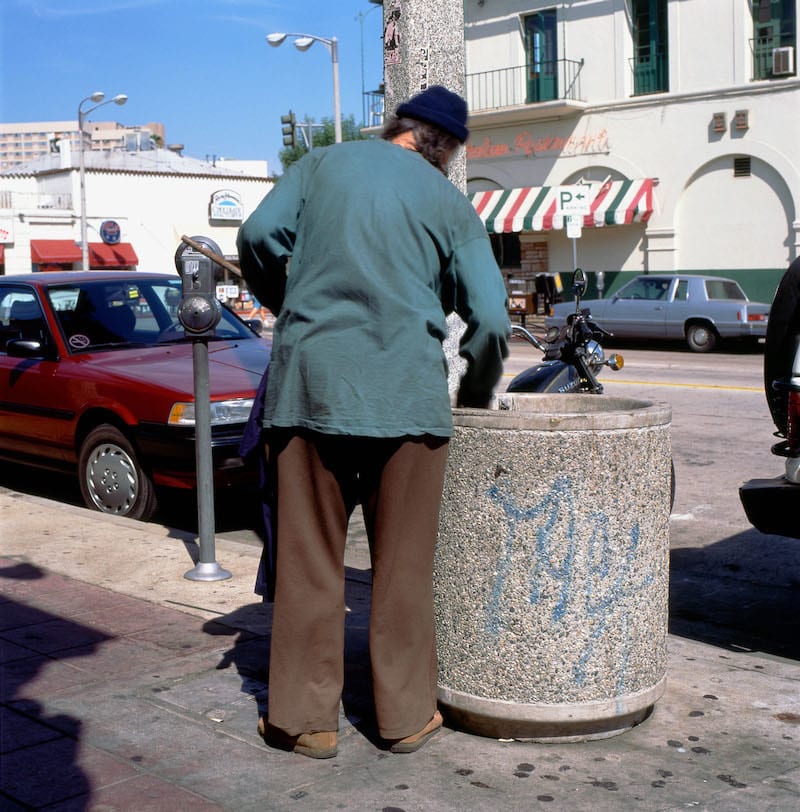
1980s: Persistent Poverty
In the 1980s, the Social Science Research Council established multiple research committees to study the problem of persistent urban poverty. The work of these committees was founded on the premise that persistent poverty is a complex phenomenon, likely influenced by multiple factors.
The committees sponsored undergraduate, graduate, and postgraduate research fellowships, organized conferences, and sponsored summer dissertation workshops. Their convenings attracted staff members from the Department of Health and Human Services, the Department of Education, the Senate Committee on Labor and Human Relations, and the House Ways and Means Committee.
“We know something about the demographic, economic, and political correlates of poor communities and neighborhoods, although Census and survey-based data have rarely been systematically linked to data on the economic structure of industries and labor markets, or to the politics of local, state, and federal governments. The challenge of understanding concentrated and persistent urban poverty is to link these different levels and units of analysis in ways that cast light on the processes that connect the fate of both families and communities. What is also needed is a move from correlational to causal analysis.” (Gephart and Pearson, Items, 1988)
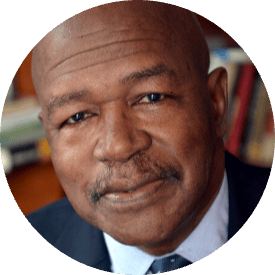
Elijah Anderson, professor of sociology, Yale University and member, SSRC planning committee on persistent urban poverty.
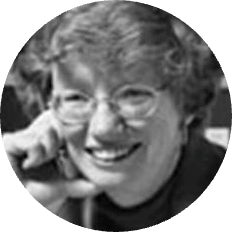
Mary Jo Bane, Professor of public policy and management, Harvard University and member, SSRC planning committee on persistent urban poverty.

William Julius Wilson, professor of sociology, Harvard University and member, SSRC planning committee on persistent urban poverty
“The challenge of understanding concentrated and persistent urban poverty is to link…different levels and units of analysis in ways that cast light on the processes that connect the fate of both families and communities. What is also needed is a move from correlational to causal analysis.”

Elijah Anderson, professor of sociology, Yale University and member, SSRC planning committee on persistent urban poverty

William Julius Wilson, professor of sociology, Harvard University and member, SSRC planning committee on persistent urban poverty
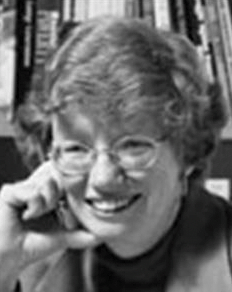
Mary Jo Bane, professor of public policy and management, Harvard University and member, SSRC planning committee on persistent urban poverty
The committees sponsored undergraduate, graduate, and postgraduate research fellowships, organized conferences, and sponsored summer dissertation workshops. Their convenings attracted staff members from the Department of Health and Human Services, the Department of Education, the Senate Committee on Labor and Human Relations, and the House Ways and Means Committee.
— (Gephart and Pearson, 1988)
Social and behavioral scientists have continued to make progress in identifying interventions that can disrupt the trajectories of persistent intergenerational poverty.
Analysis of local changes in wages reveals that increased migration to higher-wage areas could disproportionately increase incomes for low-income, Black, and Hispanic workers.
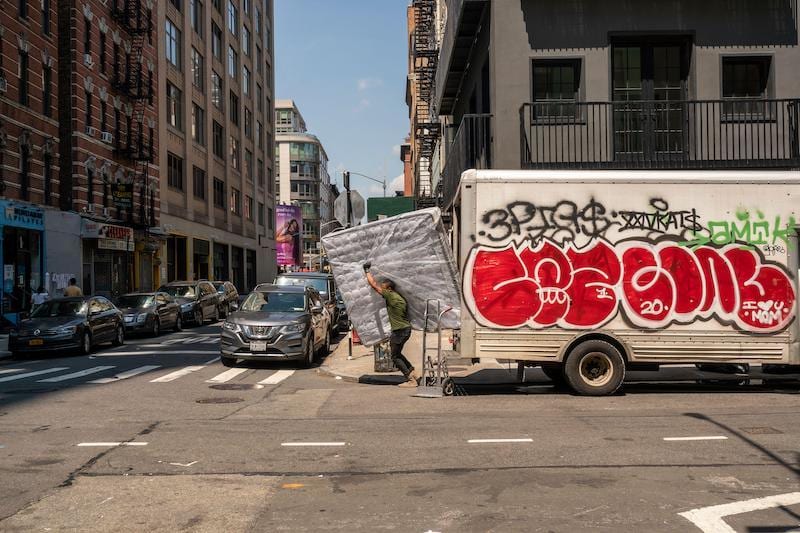
Randomized housing vouchers offered to families to move to lower-poverty neighborhoods increased college attendance and earnings and reduced single parenthood rates among children who moved when young.

A randomized evaluation of a Seattle program offering support to move to higher-opportunity neighborhoods increased moving rates by 38 percentage points, leading to large projected increases in family income.
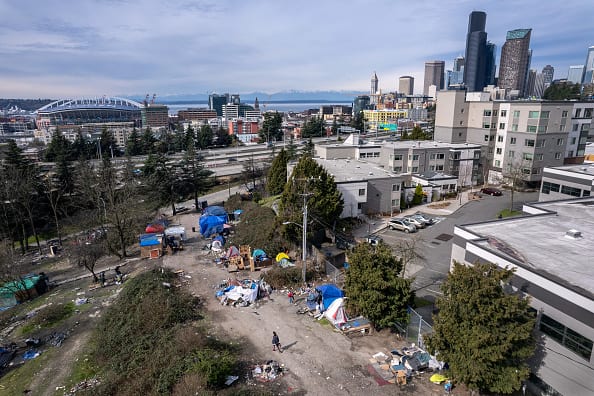
Queensbridge housing projects, New York City

Suggestion Form
What other notable contributions have been made by social and behavioral science to identifying solutions to pressing societal challenges?
Suggestion Form
What other notable contributions have been made by social and behavioral science to identifying solutions to pressing societal challenges?
Explore More History of Social and Behavioral Science
Social Science Research Council
300 Cadman Plaza West, 15th Floor
Brooklyn, NY 11201, USA
212-377-2700
Social and behavioral science
for the public good.
The Social Science Research Council, a nonpartisan nonprofit founded in 1923 by seven professional associations in the social and behavioral sciences, mobilizes policy-relevant social and behavioral science for the public good.

